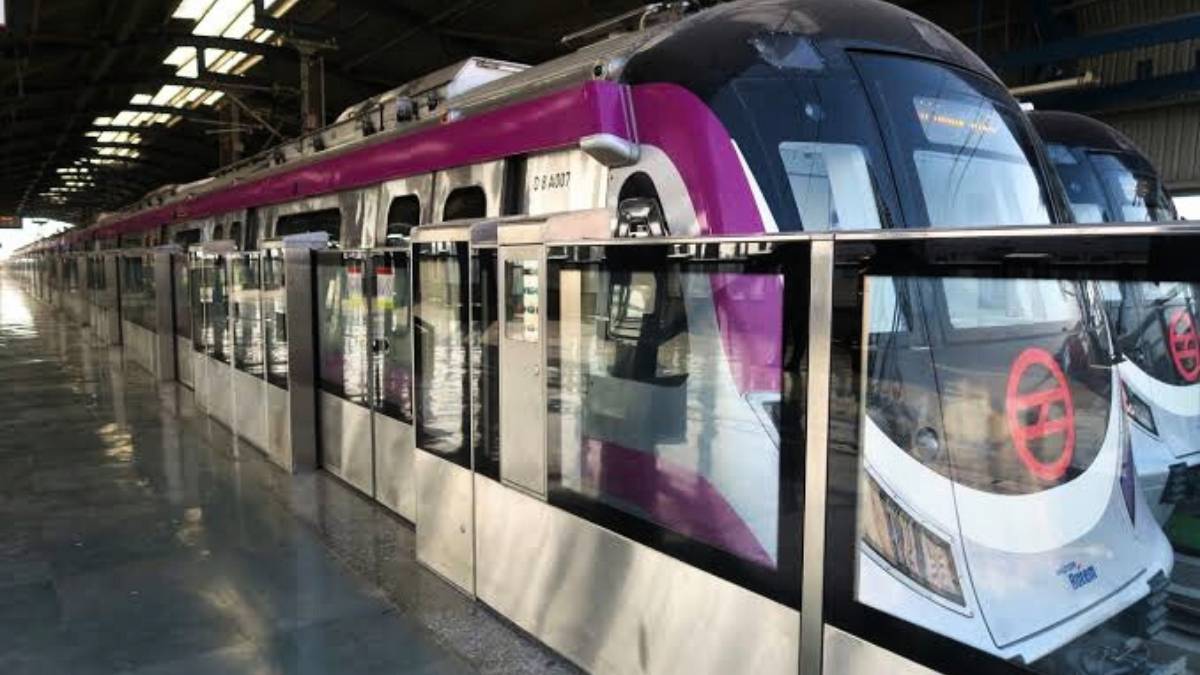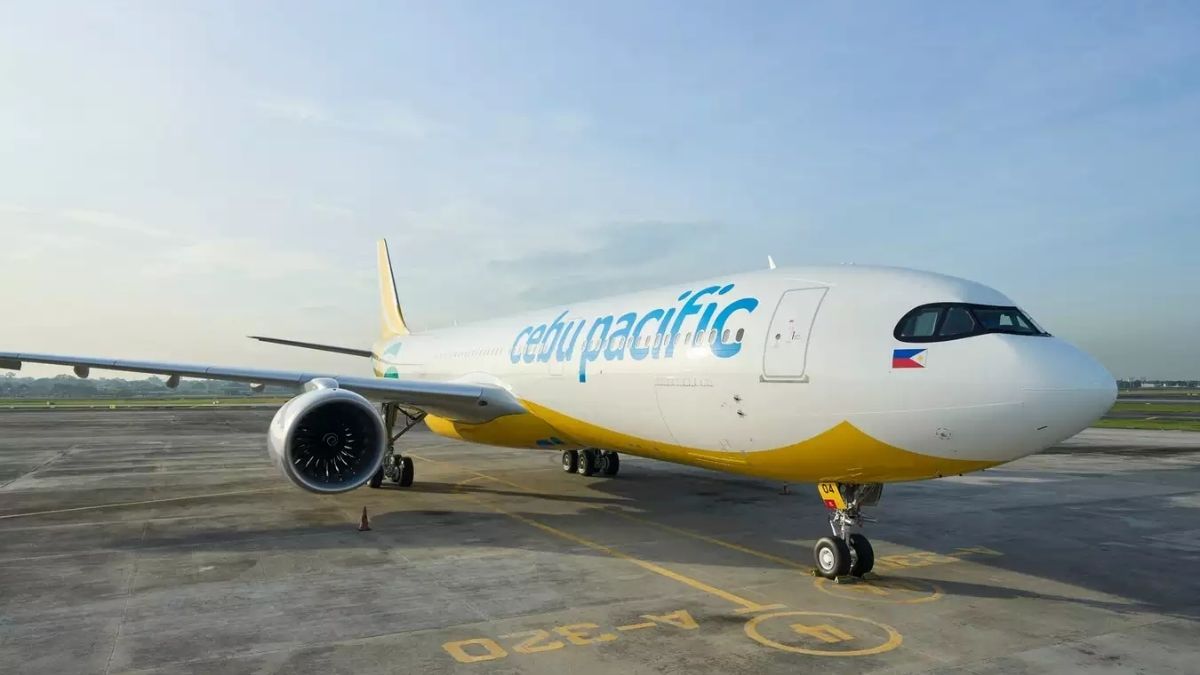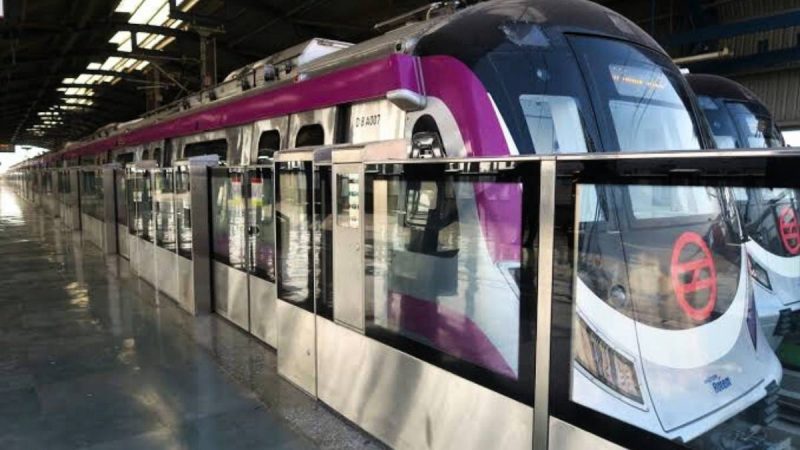After holding fares steady for eight long years, the Delhi Metro Rail Corporation (DMRC) has finally pushed through a fare hike, and the move has hit a raw nerve with daily commuters. What DMRC describes as a “nominal adjustment” feels anything but “nominal” to office-goers already squeezed by rising costs, crowded trains, and irregular frequency.
Rise In Delhi Metro Fare: ₹1 To ₹4
Saw this today… Are the fares increasing @OfficialDMRC pic.twitter.com/ZV4acm13eg
— piyush (@pewwwsh) August 24, 2025
The passenger fares of the Delhi Metro services have been revised with effect from today, that is, 25th August 2025 (Monday) onwards. The increase is minimal, ranging from ₹ 1 to ₹ 4 only depending on the distance of travel (upto ₹5 for the Airport Express Line). The new fare… pic.twitter.com/gOgOGmebxz
— Delhi Metro Rail Corporation (@OfficialDMRC) August 25, 2025
Starting August 25, passengers will be shelling out anywhere between ₹1 and ₹4 more for their daily commutes, with fares now stretching from ₹11 for short hops to ₹64 for longer rides. On the Airport Line, the pinch is sharper, with up to ₹5 extra.
For DMRC, the revision is “nominal’; for commuters, it feels like déjà vu: higher costs with no visible improvement in service. “You raise fares but can’t guarantee a seat? What exactly are we paying for?” one frustrated user asked on X.
Also Read: How To Book Delhi Metro Tickets On Your Uber App? Step-By-Step Guide
Public Reaction Is Anything But Normal
That frustration is a running theme across social media. A passenger travelling to Millennium City fumed that his daily card swipe had jumped from ₹54 to ₹60 overnight, calling the move “nonsense.” Another pointed out that Krishna Park riders often stand around for 16 minutes waiting for a train, while the Pink Line averages six to seven minutes between arrivals. “Increase frequency first, then talk about fares,” one user wrote.
Others were more straightforward with their responses of “Tum log bas fare badao, aur ham public ko preshan karo.” However, a few argued that the hike is modest and “almost negligible,” but even those defenders admitted DMRC botched the communication by announcing it at the last minute.
Metro travel is already a lifeline for lakhs of office-goers who juggle peak-hour rush, packed coaches, and occasional delays. For many, an extra ₹10 a day adds up to hundreds by month-end. This is a sore point when wages aren’t rising as quickly. One commuter summed up the emotion with his comment, “DMRC adjusts fares faster than our salaries adjust to inflation.”
The last revision was in 2017, after the Fourth Fare Fixation Committee signed off on a new structure. Back then, the top slab was ₹60. Today it stands at ₹64, with concessions on Sundays and national holidays.
What’s striking is the gap between DMRC’s framing and the public mood. Officials call it a marginal adjustment, yet riders deem it a breach of trust. And until the day trains run more frequently and overcrowding eases, that ₹4 hike will feel like more than just pocket change.
Cover Image Courtesy: fly2blue/Wikipedia
For more such snackable content, interesting discoveries and the latest updates on food, travel and experiences in your city, download the Curly Tales App. Download HERE. First Published: August 25, 2025 1:21 PM




